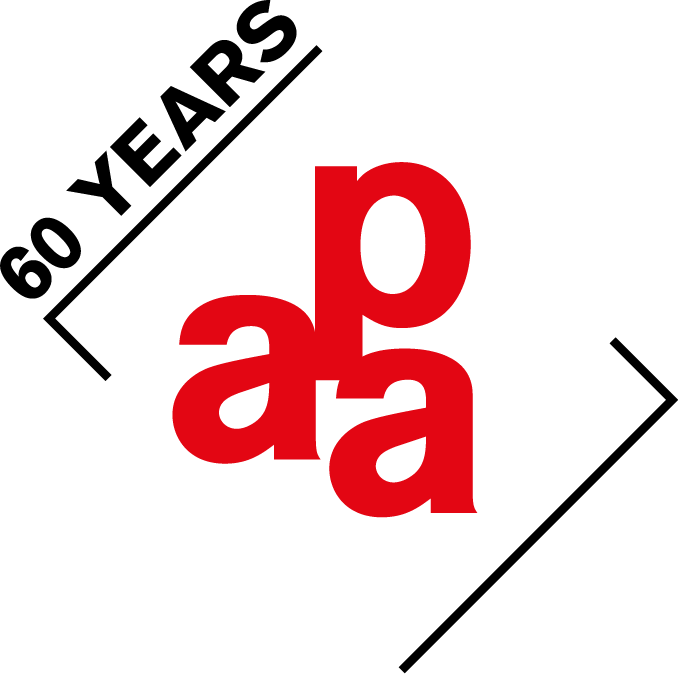The Truth Is a Blur in Motion
8th-19th of June, 2025
Curated by Yula Kim and Cieszymir Bylina
'The Truth Is a Blur in Motion' encapsulates the idea that our understanding of truth is rarely straightforward or static. It shifts and evolves, influenced by time, memory, perception, and the materials that convey it. This exhibition delves into that very essence of fluidity, presenting a rich array of works from artists of Polish origin or heritage. Here, sculpture, painting, and framed pieces converge to explore the elusive nature of reality, the interplay of histories, and the fleeting quality of presence.
At the core of the exhibition lies a philosophical inquiry inspired by Immanuel Kant’s 'Critique of Judgment'. Kant suggests that beauty is “that which pleases universally without a concept,” a notion that underpins the aesthetic experience and informs our understanding of the sublime. The artworks featured do not provide clear-cut answers or fixed interpretations; instead, they invite viewers into a realm of ambiguity, encouraging a journey from immediate sensory experiences to profound personal reflections. In this way, these works serve as catalysts for contemplation on themes of time, place, identity, and truth.
Several pieces resonate with Kant’s concept of the sublime, not through grand displays, but through the interplay of materiality, ambiguity, and deep emotional resonance. Colors become unstable, forms appear fragile, and synthetic eyes gaze from layers of decaying matter. Wires pulse like exposed nerves, and objects oscillate between the archival and the speculative. Collectively, these elements urge viewers to linger in a state of uncertainty, where presence flickers, memories distort, and meaning is grasped rather than explicitly defined.
This exploration is not just philosophical; it is imbued with deep emotional currents. The artists navigate intricate personal and collective histories shaped by cultural inheritance, migration, displacement, and reinvention. Their chosen materials often bear the marks of the past—whether found, weathered, recycled, or imbued with symbolic significance. Thus, this exhibition becomes a canvas for understanding how memory exists in materiality and how history can be both recorded and reimagined. On a more intuitive level, the recurrence of themes in several artists' works serves as an alter ego, embodying both emotional depth and intellectual detachment. This duality breathes life into the artworks, acting as a metaphor for the act of observation itself—hovering, unsettled, and perpetually in motion. Much like a bird, viewers are invited to navigate the delicate balance between rational thought and emotional response, soaring above while simultaneously immersing themselves in the unfolding scenes.
Ultimately, 'The Truth Is a Blur in Motion' does not present a singular narrative. It offers a visually and conceptually rich landscape where impermanence is celebrated and contradictions are embraced with care. Here, truth is not simply delivered; it is uncovered, emerging in the spaces between presence and absence, between our memories and the visceral feelings of the moment.
Curators’ Information
Yula Kim (She/Her) is a London-based artist and curator whose work explores the intersections of nature, cultural identity, and human history, often using birds as recurring symbols of transformation and memory. She views curation as a way of seeing as a practice of capturing moments that reflect the emotional, ecological, and cultural currents of our time. Yula has led and contributed to curatorial and research-based projects including the group exhibition Aesthetics of Bliss at 67 York Street Gallery, the Royal Opera House’s Family Programme Evaluation, and the Zoological Society of London’s Visual Learning Research Evaluation Project. Her artwork has been exhibited at institutions such as Tate Modern, the Science Museum, and Kingston Museum, and is held in the Royal College of Art's Special Collections. Kim holds two MA degrees with distinction: one in Contemporary Art Practice from the Royal College of Art, and another in Museums and Galleries in Education from UCL. Her research on the role of artistic and historical objects in biodiversity and conservation was published by UCL IOE’s Crafting Sustainabilities Collective in 2024.
(Website: https://www.yulastudio.com)
Cieszymir Bylina (He/Him) is a London-based Polish visual artist and game director whose practice explores the intersections of folklore, mythology, and contemporary culture. Rooted in Polish and Slavic traditions, his work combines storytelling with visual symbolism to create immersive and speculative worlds. Adopting a multidisciplinary approach including painting, concept design, and immersive media. Bylina blurs the boundaries between traditional and digital forms. His narratives unfold through richly imagined visual landscapes, where ancient myths collide with modern identities. His recent projects extend this vision into interactive formats, including game development, inviting audiences to engage with his work across multiple sensory and conceptual levels. Bylina sees curation as an act of world-building, where artworks are placed in dialogue to explore collective memory, identity, and the cultural narratives that shape our understanding of the present. He holds an MA in Painting from the Royal College of Art.
(website: https://cieszymirbylina.art)
Exhibiting Artist
1.Jolanta Jagiello
2.Ruth Miemczyk (https://ruthmiemczyk.artweb.com)
3.Natalia Baranowska (http://www.nataliabaranowska.com)
4.Henryk Terpiłowski (https://henryk.crevado.com/)
5.Malgorzata Laird
6.Monica Wheeler
7.Louise Severyn-Kosinska (http://www.louisekosinska.com)
8.Pauline Rafal (http://www.paulinerafal.co.uk)
9.Joanna Ciechanowska (https://www.joanna-ciechanowska.com)
10.Pawel Kordaczka
11.TERESA CHLAPOWSKI (http://teresachlapowski.co.uk)
12.Maria Kaleta (www.mariakaleta.com)
13.Ania Ruszkowski (https://www.aniaruszkowski.com/bio)
14.Wojciech Antoni Sobczynski (http://w-a-s.org.uk)
15.Elzbieta Smolenska
16.Danuta Solowiej
